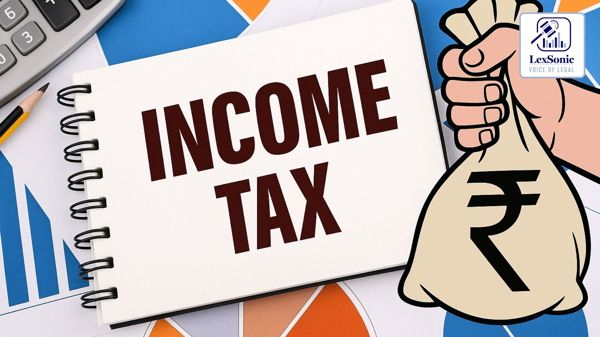Taxation Under Scrutiny: Landmark Ruling Challenges Bogus Purchase Disallowances.
15 October 2024
Income Tax >> Tax Laws
In a recent ruling of Ashok Kumar Rungta v/s Income Tax Officer 24(1)(1), Mumbai & Others, the Income Tax Appellate Tribunal (ITAT) faced a significant challenge regarding the legitimacy of certain purchases claimed by an assessee. The case stemmed from an Order and Judgment dated August 9, 2017, which upheld a previous decision by the Commissioner of Income Tax (Appeals) that disallowed 10% of certain purchases, labeling them as "bogus." This decision arose from an earlier assessment by the Assessing Officer (AO), who sought to disallow all expenses related to these purchases across three assessment years: 2009-10, 2010-11, and 2011-12.
Background of the Case:
The appellants contended that all purchases were genuine and should be recognized as legitimate business expenses. Conversely, the Respondent-Revenue argued for a complete disallowance of the expenses. Notably, a related appeal filed by the Revenue against the same ITAT decision was dismissed by a Division Bench of the Bombay High Court, further complicating the landscape of this ongoing dispute.

Key Findings of the ITAT:
The ITAT conducted a thorough examination of the case, recognizing that the AO’s conclusion lacked cogent and convincing evidence. The tribunal noted that while the AO had disallowed 100% of the purchases, the CIT-A had reduced this figure to 10%, citing various supporting documents from the assessee, including sales tax returns and VAT audit reports.
The ITAT referenced a pivotal case, CIT vs. Nikunj Eximp Enterprises, which highlighted that mere absence of suppliers in the tax proceedings does not inherently invalidate the genuineness of purchases. It emphasized that if the sales are accepted, the corresponding purchases should also be recognized unless there is compelling evidence to the contrary.
Critique of the 10% Disallowance:
Despite acknowledging the lack of credible evidence against the assessee, the ITAT upheld the CIT-A’s decision to disallow 10% of the purchases. This approach raised eyebrows, as it seemed to serve as a convenient compromise rather than a reasoned legal determination. Critics of this decision argue that once the ITAT established that the AO's allegations lacked substantiation, it was inappropriate to impose any disallowance at all.
The tribunal's reasoning appeared to suggest that it was simply adopting a middle ground without adequately analyzing why a 10% disallowance was warranted. The expectation that the assessee must still prove the legitimacy of their transactions, despite the finding of insufficient evidence against them, contradicts established legal principles.
Implications of the Ruling:
This ruling carries significant implications for how tax authorities approach allegations of bogus purchases. It underscores the necessity for thorough investigative processes and the burden of proof lying squarely with the Revenue. The court's position emphasizes that the mere existence of suspicion, without substantial evidence, is inadequate for disallowing legitimate business expenses.
As a result, the ITAT's endorsement of a 10% disallowance, despite firm findings against the AO's assertions, is a reminder of the importance of due diligence and evidentiary support in tax assessments.
Conclusion:
Ultimately, the ITAT's decision to allow the appeals and set aside the prior orders serves as a reaffirmation of taxpayer rights in the face of vague allegations. It highlights the critical need for transparency and evidence-based assessments in tax administration. This ruling may pave the way for similar cases, prompting a reevaluation of how tax authorities approach the complexities of alleged bogus purchases in the future.
